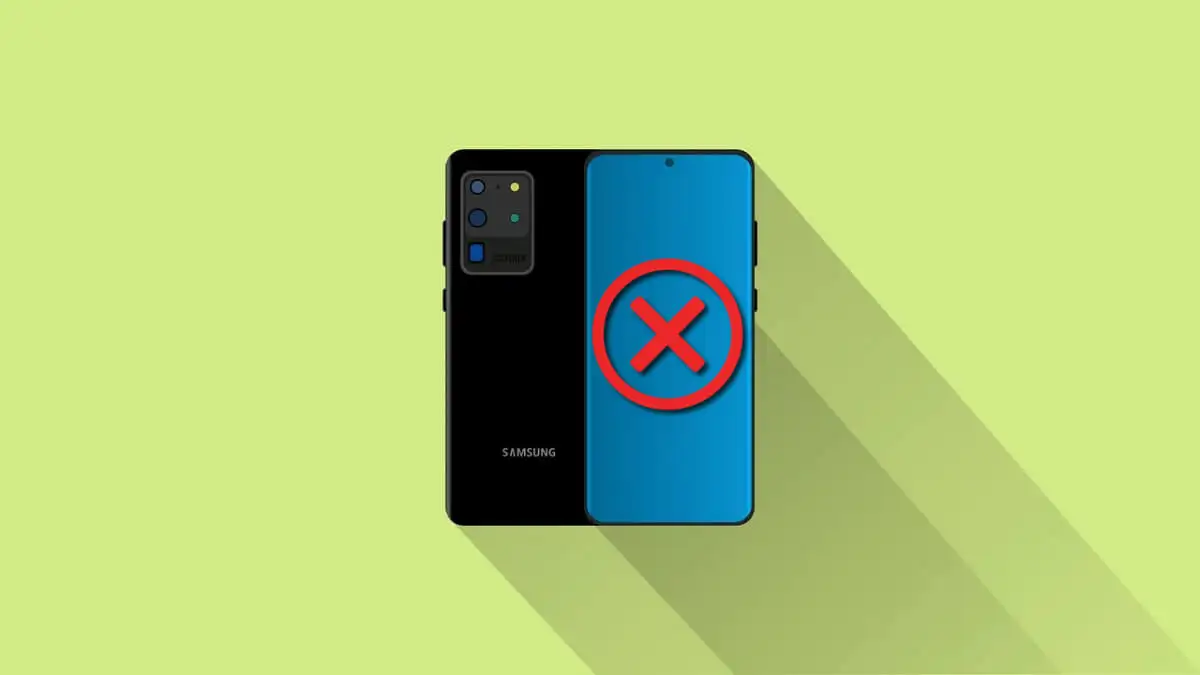Photos and videos we take often turn out to be the most valuable content on our iPhones. If you’ve accidentally deleted some images and are now looking for ways to get them back — don’t despair. The answer to “can I recover permanently deleted photos from my iPhone?” is “yes” in most cases
If you want to learn how to recover deleted photos from iPhone, you’ll need to understand the difference between cloud syncing and data backups, recovering specific files and restoring from iPhone backups, and discover the work of professional data recovery apps you should resort to if everything else fails or you want your files found fast.
After you delete a photo on your iPhone, it’s moved to the Recently Deleted folder (Photos ➙ Albums ➙ Utilities ➙ Recently Deleted). It stays there for 30 days in case you change your mind, after that is deleted for good.
The easiest way to recover an iPhone photo after it has been permanently deleted is to use a specialized photo recovery app. This might often be your only option if you can’t count on restoring from a backup.
One of your most solid choices we can recommend when you’re wondering how to recover permanently deleted photos from iPhone is Disk Drill.
Disk Drill is an advanced file recovery and backup app that can help you bring back your lost files in a matter of seconds:
- Launch Disk Drill
- Go to the Data Recovery panel on the left ➙ iPhones & iPads
- Connect your iPhone to Mac with a USB cable
- Select your iPhone from the list ➙ Search for lost data
- Choose Photos from the panel on the left to preview images that can be recovered
- Check the boxes next the the photos you’d like to restore ➙ Recover
If the photos you’re looking for were deleted recently, it’s very easy to recover them in Photos on your Mac or iPhone.
Photos’ Recently Deleted folder is your key to how to recover deleted photos from iPhone camera roll. It shows up in the sidebar after you delete an item and can easily help you undo your action: simply open Recently Deleted, select the item or items you want to restore, and click on Recover in the upper right.
It’s only too often that we accidentally delete the photo we need because our camera roll is packed with gigabytes of pics that are variations of the same image. To keep your Photos folder tidy without having to sort through all the duplicates manually, try Gemini.
If you’ve lost images that are important to you and you’re counting on iCloud to help you out in this situation, there are two things you should know:\
- When you delete photos on your iPhone, they are also deleted from the library in your iCloud Photos
- What you need to look for if you want to restore erased images is an iCloud backup of your iPhone (to set up for one: go to iPhone Settings, tap on your name, and choose iCloud ➙ iCloud Backup)
To use iCloud backup in order to recover deleted photos iPhone no longer seems to have, be ready to erase everything from your phone and reset it as new, then follow these steps to restore your iPhone and get your pictures back:
- Turn your iPhone on
- Start from a Hello screen and follow the on-screen instructions until you reach Apps & Data ➙ Restore from iCloud Backup
- Sign in to your iCloud
- Choose a backup you need and start the transfer
- Stay connected to WiFi to complete the loading
To make sure your iPhone photos get a secure backup and you get yourself some peace of mind, try backing up your iPhone storage to Mac with automated scheduled tasks run by ChronoSync Express.
ChronoSync Express can be set up to sync or back up specific folders (or even specific files) between your Mac and iPhone as often as you choose to (hourly, daily or weekly).
What if you could think up an ideal iPhone backup solution — the one that lets you browse backup contents and extract only the files you’re looking for without having to restore your entire iPhone?
Say no more and try a backup with AnyTrans.
AnyTrans is designed to make moving files between macOS and iOS a piece of cake, helps you create backups for any of your iOS devices, can reach data from your old iTunes or iCloud backups, and export iPhone content to Mac by categories.
Schedule wireless iPhone backups and learn how to recover deleted photos from iPhone backup using AnyTrans:
- Install and launch AnyTrans on your Mac
- Connect your iPhone to Mac with a USB cable
- Choose Backup Manager from the menu on the left ➙ Restore Backup
Cloud storage services, like Dropbox or OneDrive, are popular for keeping files synced across devices and can also be used to backup your photos.
To sync your iPhone photos with Dropbox or OneDrive, simply enable Camera Uploads in Settings and your photos will automatically upload to a cloud:
- When you upload to OneDrive you can safely delete uploaded photos on your iPhone, the copies in OneDrive won’t be affected and will serve as your backup
- The way Dropbox works to help you recover deleted photos iPhone has lost is only if you additionally opt for a photo backup
Another versatile backup tool we believe you should know about is Get Backup Pro. This smart backup app for Mac can help you backup, synchronize, or archive designated folders, as well as create bootable clones of your disk to effortlessly migrate your data to its new location whenever needed. You’ll also love how Get Backup Pro can compress backups to up to 60% of their original size to save you disk space.
To configure yourself a seamless access to all your files even after you move them out to a cloud, try CloudMounter.
CloudMounter mounts all your cloud storages as local disks, creating an easy one-point access to your cloud accounts from Finder — treating them as an expanded storage space on your Mac’s hard drive.
You can back up your iPhone to Mac and use this backup later on so that you don’t have to worry about how to recover deleted photos from iPhone.
On macOS Catalina or later you’ll have to go through Finder to both create and restore iPhone backups. To find and upload the backup you need:
- Open Finder from your Mac’s Dock
- Connect your iPhone to Mac with a USB cable
- Click on your iPhone’s icon when it shows up in the side panel
- Choose Restore Backup
- Go through available backups and choose the version you need ➙ Restore
This option can certainly become a life-saving answer to how to restore pictures on iPhone for you, but it also has certain limitations:
- You won’t be able to preview what’s in your backup to know for sure if it contains the photos you’re after
- There’s no way to restore just the photos — to get the deleted photos back on your phone, you’ll have to restore the whole backup to your iPhone.
On macOS Mojave or earlier the answer to how to get deleted photos back on your phone is iTunes:
- Connect your iPhone to Mac with a USB cable
- Open iTunes on Mac
- Click on Summary when your iPhone’s icon appears ➙ Restore Backup
You’ll be able to review the recovered photos in the Photos app on your iPhone, once the backup upload is complete.
Messaging apps are a great resource to turn to when looking to recover the photos you’ve accidently lost. If everything else fails, try to remember if you happened to share the pictures you’re now looking for in social media or messengers. Think WhatsApp, Facebook or Instagram messages, Telegram, or email attachments — usually we share our best photos with others.
What’s even better is that you don’t have to go through all your pages manually, because AnyTrans can check everything for you in a matter of minutes. All you’ll need to do is connect your iPhone to Mac and point AnyTrans to the messenger you’d like to check for photo attachments. Then simply wait for the app to load your messages, click on Attachments, and review all your attached images listed.
If you’ve lost your files and are wondering “can I recover permanently deleted photos from my iPhone?” your situation is dire, but there’s still a couple of things you could attempt. The most promising options being — restoring from a backup of your iPhone or using Disk Drill as a photo recovery specialist.
Unfortunately, with iPhone backups there’s no way of knowing if they contain the pictures you’re looking for before you actually erase the current contents of your iPhone and restore from an older backup. Unless, of course, you use AnyTrans backup manager that lets you browse and extract only the files you’re looking for.
You also can’t rely on cloud sync for an alternative version of your iPhone camera roll, where your pictures are safe and unharmed. The photos you’ll find on both iCloud and Dropbox will be identical to the ones on your iPhone. You have to additionally set up iCloud backup or Dropbox photo backup if you want to play on a safer side.
Another thing that would make your life considerably easier is installing CloudMounter to arrange a one-point access to all your cloud accounts from Finder on your Mac. As a more reassuring alternative to cloud sync, also consider ChronoSync Express, capable of syncing or backing up folders between your Mac and iPhone hourly, if you wish to.
Most importantly, don’t pass on a chance to take all the apps we’ve mentioned for a free test run with the seven-day trial of Setapp, a platform of high-performance, best-in-class iOS and macOS apps. Get some practice in how to get deleted photos back on your phone and check out more than 240 potential options to boost your productivity.
Yes, unfortunately. Your only option here is learning how to recover permanently deleted photos from iPhone with a professional data recovery app like Disk Drill.
When you delete a photo on an iPhone, it’s stored in the Recently Deleted album in Photos for 30 days. The idea being that you might change your mind and want to recover it.
Yes, you can recover deleted photos iPhone no longer has in its camera roll from a backup of your iPhone on your Mac, external hard drive, or a different cloud storage.






